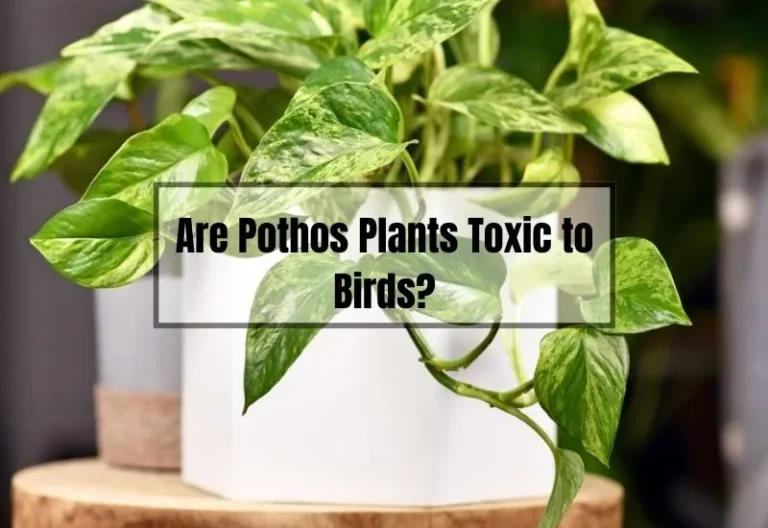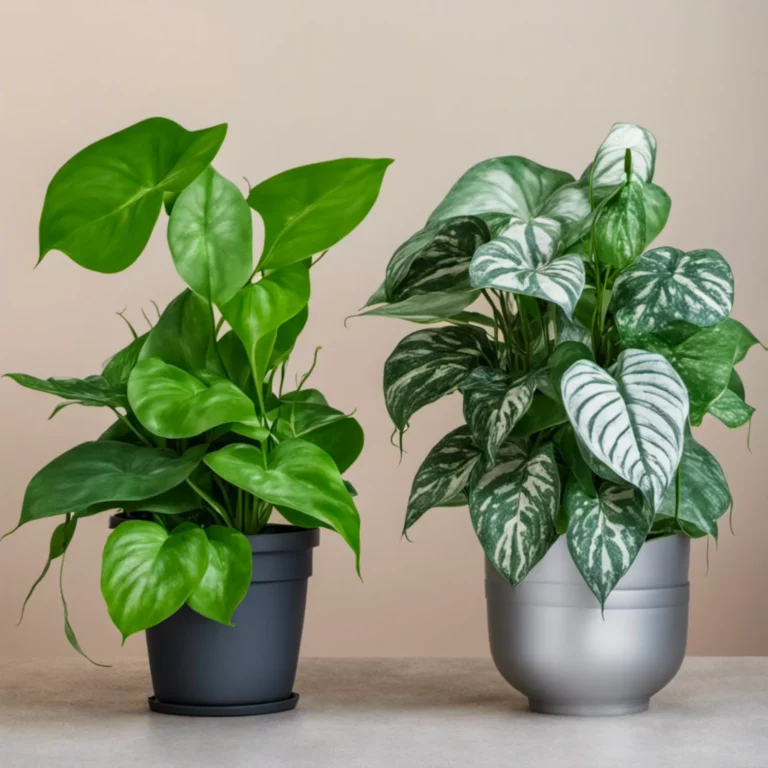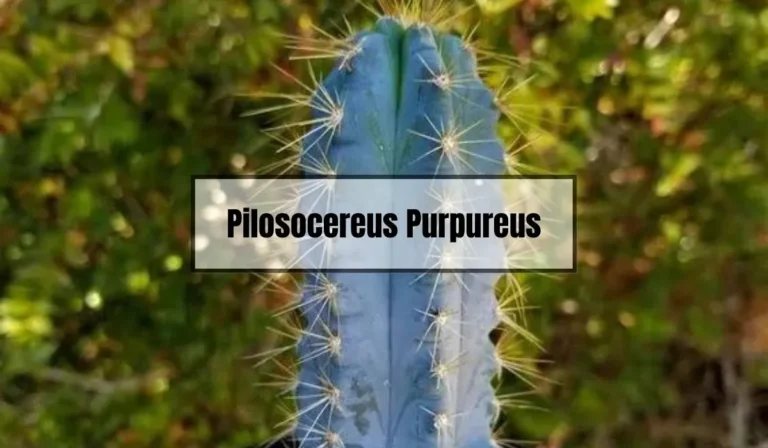Do Deer Eat Gladiolus? Protecting Your Garden from Deer Damage
Are you a gardener who loves growing gladiolus but worries about deer? You’re not alone. Deer have voracious appetites and can quickly destroy a garden. Fortunately, gladiolus isn’t their top choice.
Gladiolus, popular summer-blooming bulbs known for tall spikes of colorful flowers, are easy to grow in various hues. However, in areas with deer, protecting them is essential.
Deer, herbivores, will eat almost anything when food is scarce but tend to avoid strongly scented or bitter-tasting plants. Gladiolus have a strong scent and bitter taste, making them deer-resistant. However, hungry deer may still eat them
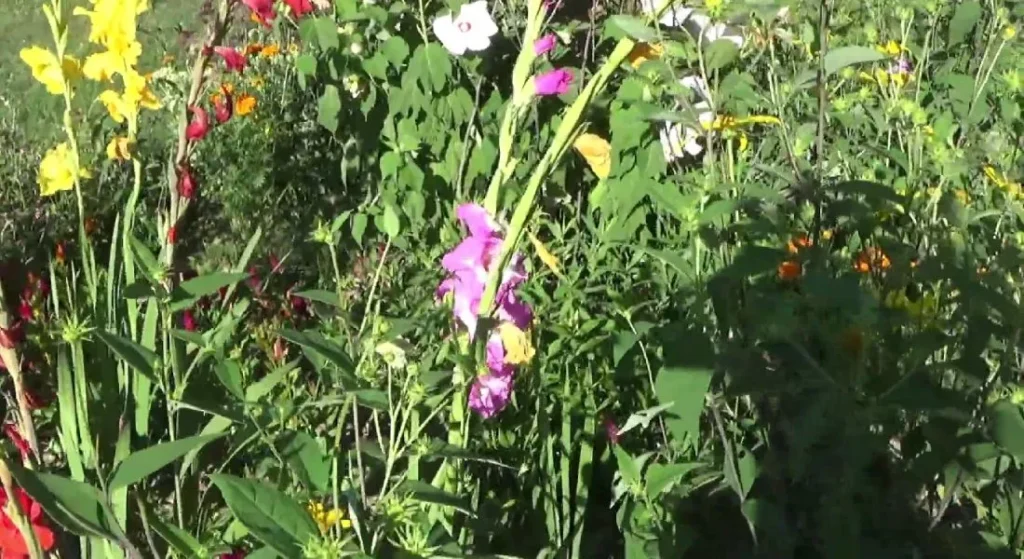
Do Deer Eat Gladiolus
If you are a gardener, you know how frustrating it can be to see your hard work destroyed by wildlife. Deer are one of the most common animals that damage gardens, and they can be particularly destructive to flowers.
But do deer eat gladiolus? The good news is that gladiolus are generally deer-resistant. These plants have a strong scent and bitter taste that deer do not find appealing.
However, if a deer is hungry enough, it will eat almost anything, including gladiolus. So, while gladiolus are relatively safe from deer, it is still possible for them to be damaged.
To protect your gladiolus from deer, you can take a few precautions. One option is to plant them in an area that is not easily accessible to deer. For example, you could plant them in a raised bed or container on a patio or balcony. Another option is to use deer repellents. There are many different types of deer repellents on the market, including sprays, granules, and electronic devices. You can experiment with different types to see which works best for you.
If you do see signs of deer damage on your gladiolus, there are a few things you can do to help them recover. First, remove any damaged leaves or flowers. This will help the plant redirect its energy to healthy growth.
You can also fertilize the plant to encourage new growth. Finally, consider adding a barrier around the plant to prevent further damage. A simple fence or netting can be effective at keeping deer away.
Here are some other tips for protecting your garden from deer:
- Plant deer-resistant plants: There are many different types of plants that deer do not like to eat. Some examples include daffodils, lavender, and yarrow.
- Use fencing: A physical barrier can be an effective way to keep deer out of your garden. Make sure the fence is at least 8 feet tall and buried at least 6 inches into the ground to prevent deer from jumping over or digging under it.
- Try noise or motion deterrents: Deer are easily spooked by sudden noises or movements. You can try hanging wind chimes or using motion-activated sprinklers to scare them away.
Understanding Deer Eating Habits
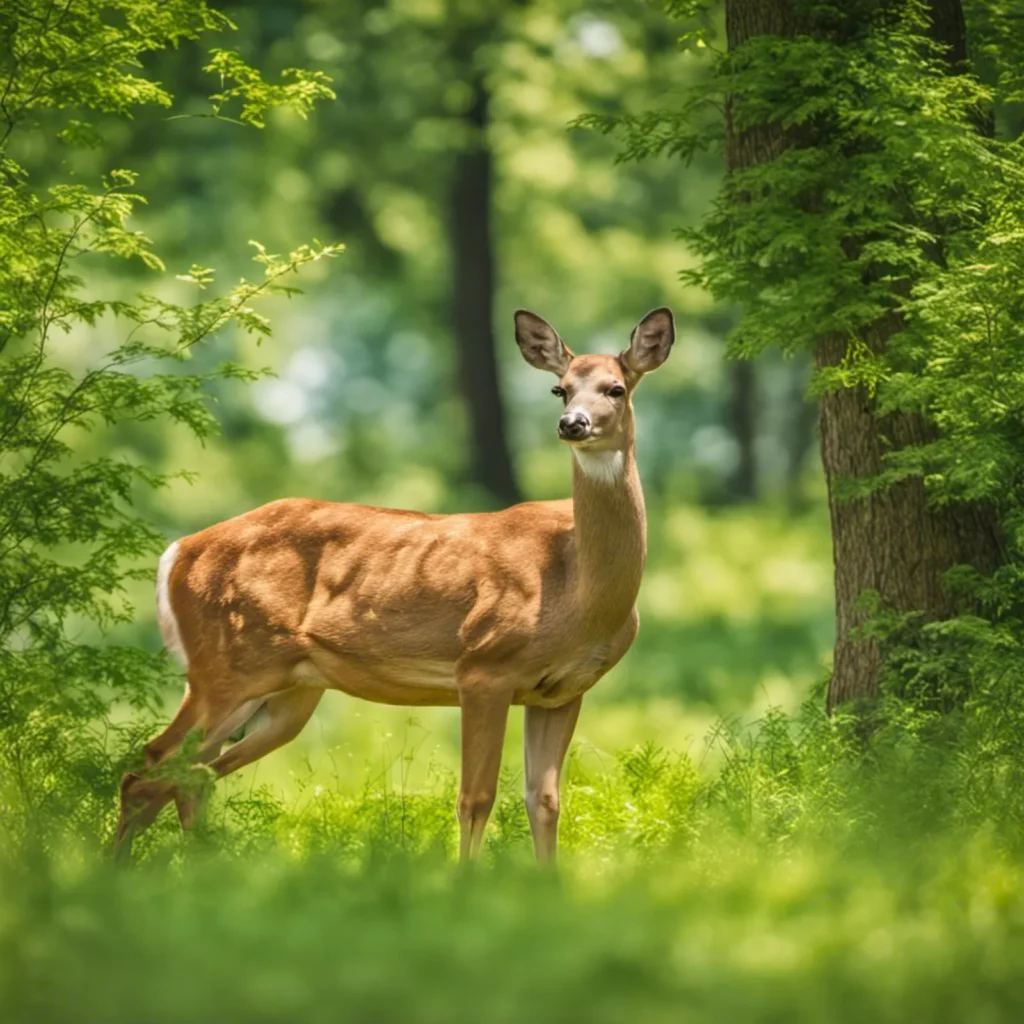
As a gardener, it’s important to understand the eating habits of deer to protect your plants.
Deer are known to eat a variety of plants and flowers, including gladiolus. In this section, we’ll take a closer look at deer’s feeding patterns and their preference for gladiolus.
General Feeding Patterns
Deer are herbivores and their diet consists mainly of leaves, twigs, and buds of trees and shrubs. However, they are opportunistic eaters and will also consume fruits, nuts, and even vegetables from gardens if they are hungry enough. Deer are most active during dawn and dusk, and they tend to feed for several hours at a time.
Deer have a four-chambered stomach that allows them to digest tough plant materials. They are also known to regurgitate and rechew their food, a process called “rumination,” which helps them extract more nutrients from their diet.
Deer’s Preference for Gladiolus
Although gladiolus are not among deer’s favorite foods, hungry deer will eat almost anything, including gladiolus. Gladiolus are deer-resistant because of their strong scent and bitter taste.
However, if deer are starving or if other food sources are scarce, they may turn to gladiolus as a food source.
Here are some tips to protect your gladiolus from deer:
- Use deer repellent: Deer are often deterred by strong smells, so using a deer repellent spray around your gladiolus flowers can help to keep them away.
- Plant deer-resistant flowers: If you’re worried about deer eating your gladiolus flowers, consider planting other types of flowers that deer don’t like, such as daffodils or lavender.
- Install a fence: Installing a fence around your garden is one of the most effective ways to keep deer out. Make sure the fence is at least 8 feet tall, as deer can jump up to 6 feet high.
By understanding deer’s feeding patterns and their preference for gladiolus, you can take steps to protect your plants and enjoy a beautiful garden.
How to Protect Gladiolus from Deer
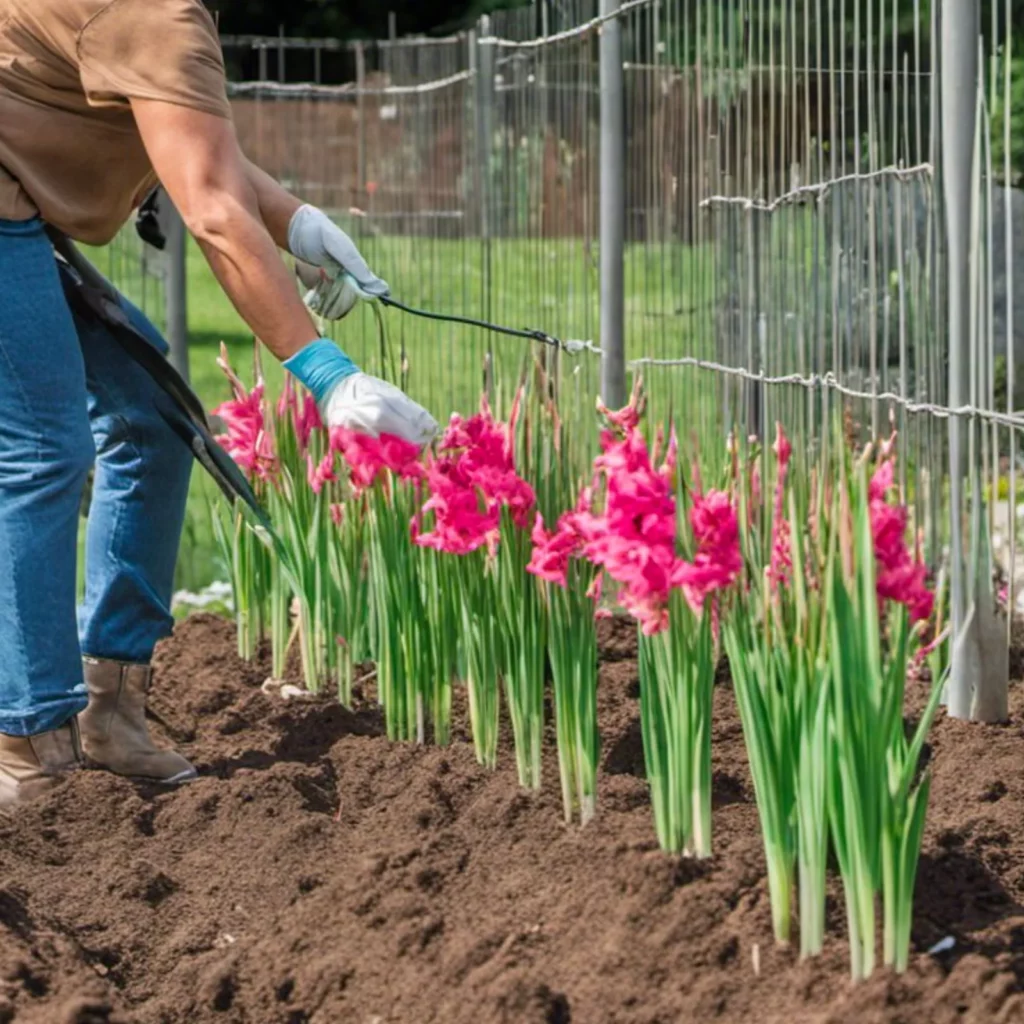
Gladiolus are beautiful flowers that can add a pop of color to any garden. However, they are also a favorite snack of deer. If you want to keep your gladiolus safe from these hungry animals, there are a few things you can do.
Using Deer Repellents
Deer repellents are a great way to keep deer away from your gladiolus. There are many different types of repellents available, including sprays, granules, and electronic devices. Some popular options include:
- Liquid Fence Deer & Rabbit Repellent: This spray is made with natural ingredients and is safe for use around children and pets.
- Bobbex Deer Repellent: This repellent is made with a blend of natural ingredients that deer find unappetizing.
- Deer Out Concentrate: This concentrate can be mixed with water and sprayed directly on your gladiolus plants.
When using deer repellents, be sure to follow the instructions carefully. Most repellents need to be reapplied every few weeks, especially after it rains.
Creating Physical Barriers
Another way to protect your gladiolus from deer is to create physical barriers around your garden. Some effective options include:
- Fencing: A tall fence can keep deer out of your garden. Make sure the fence is at least 8 feet tall and buried at least 6 inches into the ground to prevent deer from jumping over or digging under it.
- Netting: You can also use netting to protect your gladiolus. Be sure to choose a netting with small holes that deer cannot squeeze through.
- Chicken wire: Chicken wire can be wrapped around individual plants to keep deer from eating them.
Choosing Deer-Resistant Plants
If you want to avoid the hassle of using repellents or creating barriers, you can also choose deer-resistant plants for your garden. Some great options include:
- Iris: Deer do not like the tough leaves of iris plants.
- Daffodils: These flowers contain toxic alkaloids that deer find unappetizing.
- Alliums: Alliums have a strong smell that deer do not like.
By choosing deer-resistant plants, you can enjoy a beautiful garden without having to worry about deer munching on your gladiolus.
Frequently Asked Questions (FAQs)
Are gladiolus deer and rabbit resistant?
Gladiolus plants are known to be deer-resistant due to their strong scent and bitter taste. However, a hungry deer will eat almost anything, including gladiolus plants, so it’s best to take precautions to protect your gladiolus if you live in an area with a high deer population. Fortunately, the tall and spiky foliage of gladiolus makes it difficult for deer to eat them.
Do rabbits eat gladiolus?
Rabbits are not typically attracted to gladiolus plants and are less likely to damage them or eat their leaves. However, if you have rabbits in your area, it’s best to keep an eye on your gladiolus plants and protect them if necessary.
Do deer eat dahlias?
Deer can eat dahlias, but they are not their favorite food. If you have a high deer population in your area, it’s best to take precautions to protect your dahlias, such as using deer repellent or fencing.
What flowers do deer hate the most?
Deer have a strong sense of smell and are often deterred by plants with a strong scent. Some of the flowers that deer hate the most include daffodils, lavender, marigolds, and snapdragons.
Do deer eat begonias?
Deer typically avoid eating begonias due to their waxy leaves and strong scent. However, if a deer is hungry enough, it may eat begonias along with other plants in your garden.
Conclusion
In conclusion, gladiolus are generally considered to be deer-resistant plants due to their strong scent and bitter taste. However, it’s important to note that a hungry deer will eat almost anything, including gladiolus plants.
If you live in an area with a high population of deer, it’s recommended that you take steps to protect your gladiolus plants. Some effective ways to deter deer from eating your gladiolus include:
- Planting gladiolus bulbs in areas that are not commonly visited by deer and rabbits.
- Using a deer or rabbit repellent to keep these animals at bay.
- Transitioning from a simple landscape design with “buffet-style” offerings to a more complicated and large-scale design that “buffers” the damage.
Additionally, it’s important to note that there are many other deer-resistant plants that you can consider planting alongside your gladiolus to further deter deer. Some examples of deer-resistant plants include:
- Daffodils
- Lilacs
- Lavender
- Marigolds
- Peonies
By incorporating these plants into your garden, you can create a natural barrier that will help protect your gladiolus from deer and other animals.

